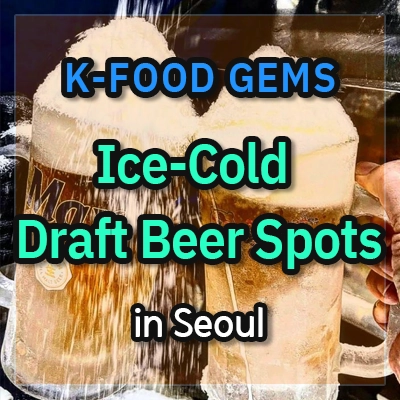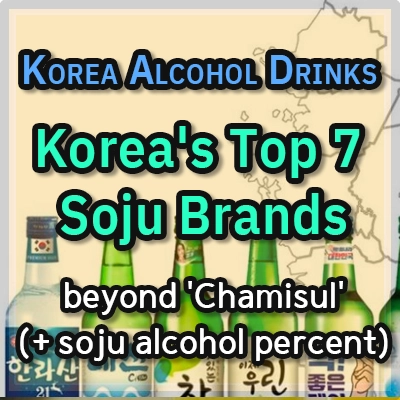Korea’s Top 7 Alcoholic Beverages: Unveiling the Drink Rankings in 2023
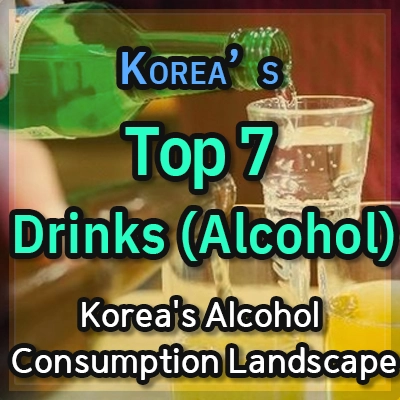
Embark on a spirited journey through Korea’s top 7 alcoholic beverages, where tradition, innovation, and diverse flavors come together. From the ubiquitous Soju to the refreshing Cheongju, explore the rankings that define Korean drinking culture.
Koreans: A Nation that Truly Loves Alcohol
In South Korea, the infectious call of “Let’s have a drink” is not merely a social grace but a cultural refrain echoing through joy and solace. WHO data reveals an annual alcohol consumption of 8.7 liters per person, placing Korea among the world’s highest consumers. As we explore this spirited landscape, the phrase “How much do you drink?” serves not only as an icebreaker but reflects the profound role alcohol plays in forging connections. Now, let’s uncover “Korea’s Top 7 Alcoholic Beverages” What specific aspects or details would you like to explore further?
Korea’s Top 7 Alcoholic Beverages
TOP 1. Soju – The Unrivaled Champion
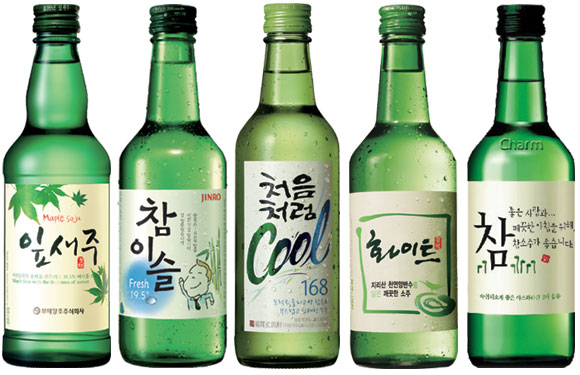
Soju takes the crown as Korea’s most consumed and beloved alcoholic beverage, standing tall as the undisputed leader in social gatherings and celebrations. Soju, often referred to as Korea’s national drink, is a clear distilled spirit that holds a central place in Korean drinking culture. Made primarily from rice, barley, or sweet potatoes, Soju boasts a mild flavor and is renowned for its versatility. It can be enjoyed straight, on the rocks, or as a base for various cocktails. With a typically lower alcohol content compared to many Western spirits, Soju is well-suited for social gatherings and is commonly shared among friends during celebratory moments.
TOP 2. So-maek (Soju bomb) – A Distinctive Twist
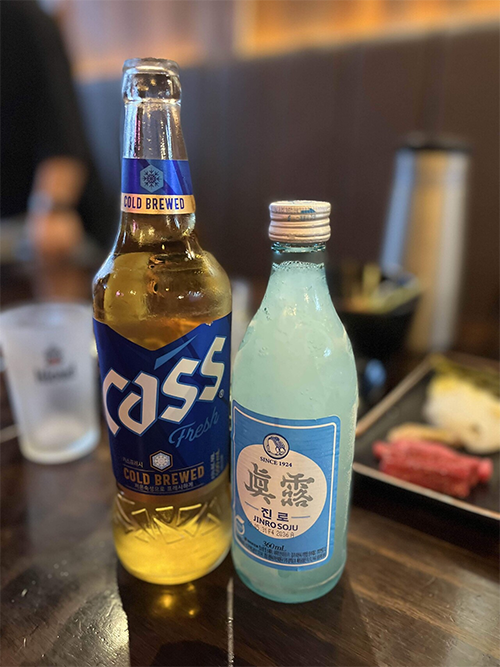
So-maek, short for “Soju-maekju,” is a popular Korean mixed drink that combines Soju and beer. This dynamic duo is a favorite among locals, especially in social settings or while enjoying a night out. To make So-maek, a shot glass of Soju is dropped into a pint of beer, creating a fizzy concoction that seamlessly blends the crispness of beer with the kick of Soju. It’s a fun and sociable way to enjoy the two iconic Korean beverages simultaneously, adding a lively twist to the drinking culture. Whether you’re at a lively bar or sharing drinks with friends at home, So-maek offers a refreshing and flavorful experience that captures the essence of Korean conviviality.
TOP 3. Beer – A Staple in Social Gatherings
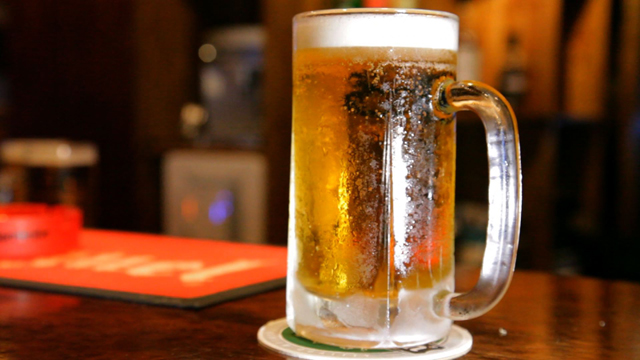
Beer maintains its position as a perennial favorite, often accompanying barbecue gatherings and casual outings. Domestic and international beer brands coexist, contributing to a diverse beer landscape.
TOP 4. Makgeolli – Embracing Tradition
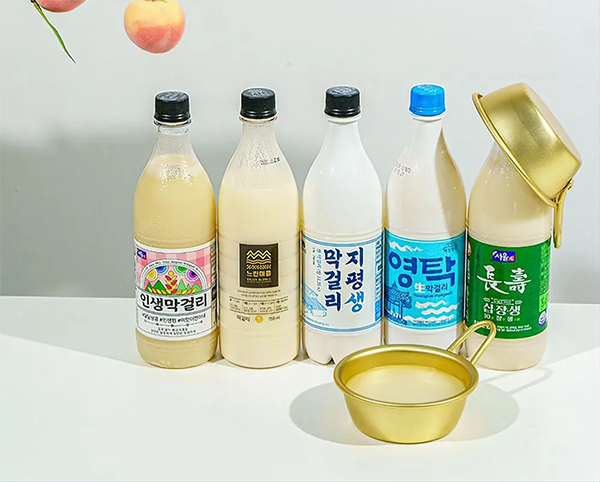
Makgeolli earns its place as a beloved traditional rice wine, reflecting Korea’s rich cultural heritage. Its slightly sweet and milky flavor makes it a favorite, especially during social gatherings.
TOP 5. Whiskey – A Sip of Sophistication
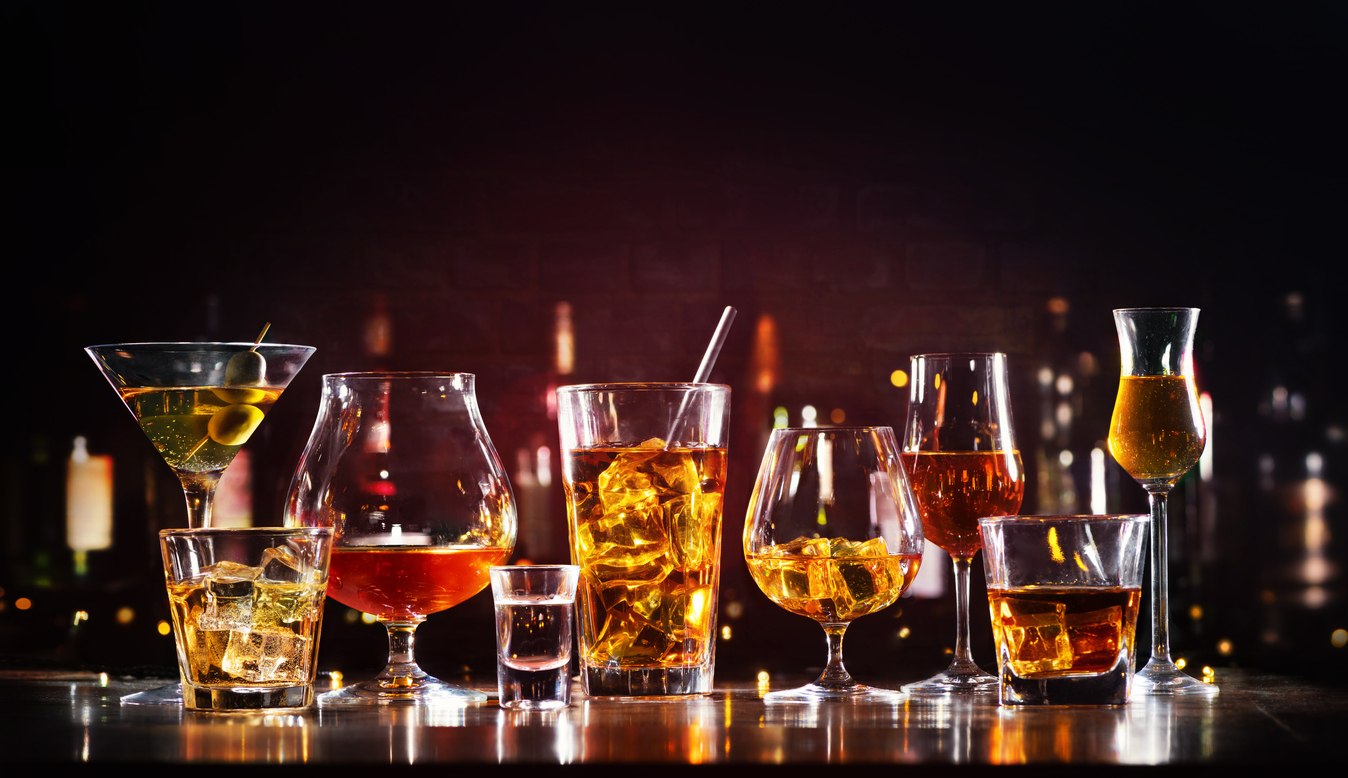
Whiskey has become a prominent beverage with a growing consumption trend in recent times. The increasing number of enthusiasts for hard liquor contributes to the gradual rise in whiskey consumption. Regrettably, Korea doesn’t produce its own whiskey, and the favored choices among Koreans are Scottish or Japanese whiskey.
The absence of domestic production makes whiskey relatively expensive in Korea. Nevertheless, the contemporary trend sees a rise in young people frequenting whiskey bars, fueling a heightened demand for imported whiskey. This surge is attributed to the allure of the sophisticated ambiance and the addictive aroma and taste associated with this.
TOP 6. Traditional fruit wine – Nature’s Nectar
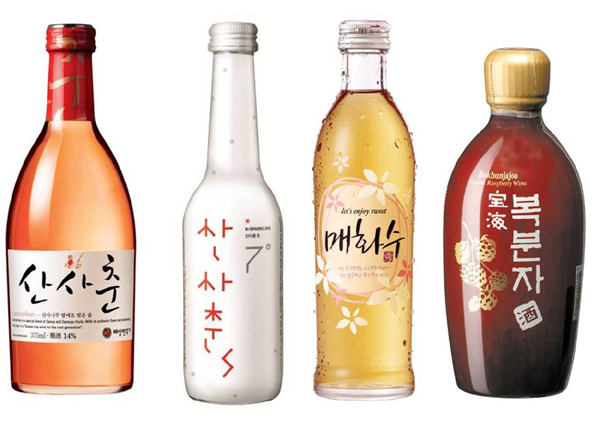
Korea’s traditional fruit wine is renowned for its rich blend of ingredients, valued not only for their flavors but also for their health benefits, making it a popular choice as a medicinal drink. Enriched with wholesome components such as bokbunja, plum, wild ginseng, and ginseng, this wine seamlessly complements not only Korean cuisine but also serves as a delightful accompaniment to health-conscious meals. Distinguished from the familiar tastes of red or white wine, I highly recommend giving it a try! Just a sip or two of its sweet essence can leave you feeling invigorated and refreshed, making it a delightful addition to your beverage repe
TOP 7. Cheongju – A Taste of Purity
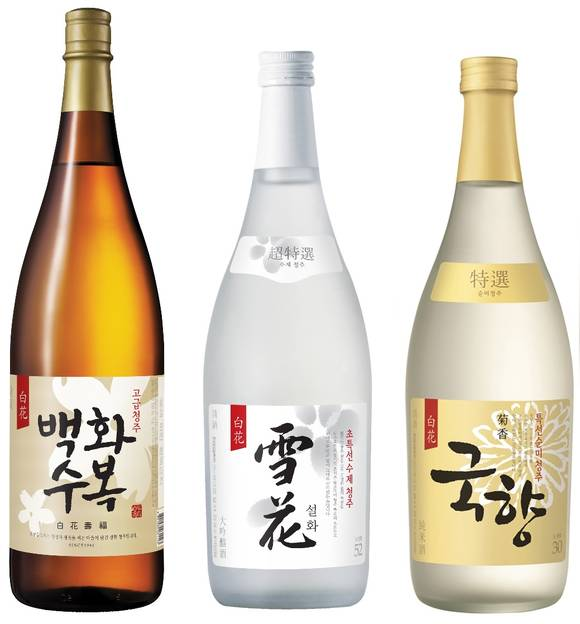
Cheongju is a traditional Korean liquor often employed in ancestral rites, a cultural practice dedicated to honoring ancestors. Widely embraced in Korea due to the enduring ancestral rite culture, Cheongju goes beyond ceremonial use. It is a commonplace liquor in restaurants, accessible by simply asking for ‘Cheongha’ or ‘Jeongjong.’ Additionally, it is readily available for purchase in supermarkets.
Four Korean Proverbs of Alcohol
💩 Alcohol as a Tonic
This expression conveys that while there are actual medicinal drinks, drinking alcohol during tough or sad times can uplift one’s mood. It implies that alcohol has a comforting effect, akin to a remedy, especially in challenging situations.
🤡 If I drink again, it’s a dog.
This colloquial phrase is often used humorously when someone experiences a hangover after heavy drinking the night before. Translated, it humorously means, “If I drink again, I’m a dog,” reflecting on the consequences of excessive drinking leading to a hangover.
👹 I buy a drink and gets slapped.
This saying implies the paradoxical situation of treating someone to a drink and then receiving a slap in return. Figuratively, it highlights cases where showing kindness or generosity may unexpectedly lead to negative consequences.
👻 Like a alcohol in alcohol, like water in water
Describing a situation where someone’s words or actions lack clarity, this expression compares it to adding alcohol to alcohol or water to water. In essence, it conveys the idea of confusion or inconsistency in one’s speech or behavior without a clear standpoint.
Korea’s Alcohol Consumption Landscape
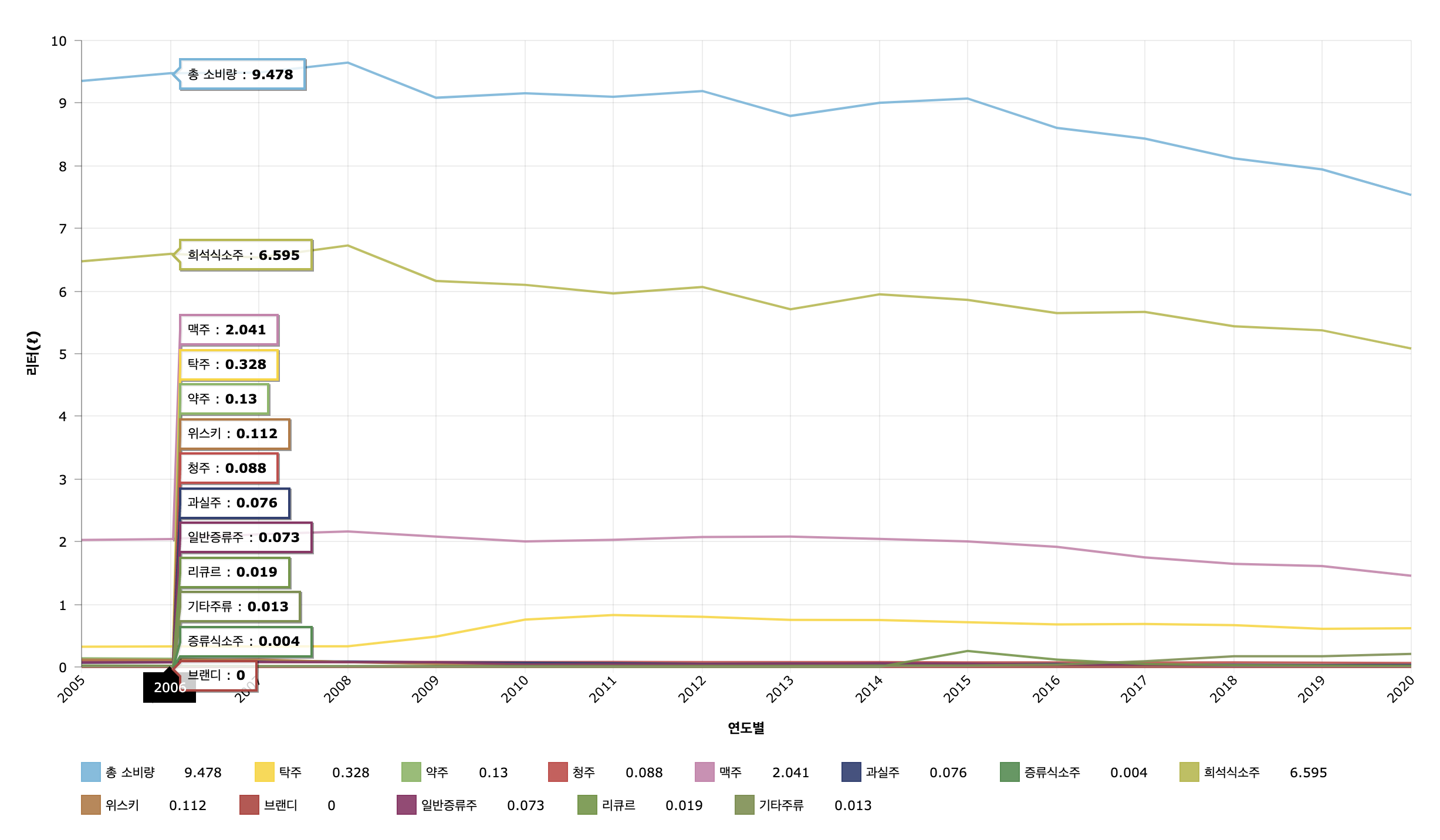
South Korea consistently ranks among the top 20 countries globally in terms of total alcohol consumption. Korean alcoholic beverages, particularly Soju and Makgeolli, have gained international recognition, with exports increasing by 15% annually.
Korea’s per capita alcohol consumption remains high, with an average of 11.2 liters of pure alcohol annually.
Social drinking is deeply ingrained in Korean culture, with after-work gatherings (“hweh-shik”) being a common practice among colleagues and friends.
The market shows a growing interest in diverse and innovative alcoholic options, reflecting a shift towards more varied drinking preferences.
🔥Recommend🔥
Seoul Top 3 Ice-Cold Draft Beer Spots: A Local Guide to Indulgence
When Koreans think of a refreshing beverage for the summer, one thing comes to mind – ice-cold draft beer. It’s so cold that it might give you brain freeze, but it’s undoubtedly the coolest choice among all the beers I’ve tried.
